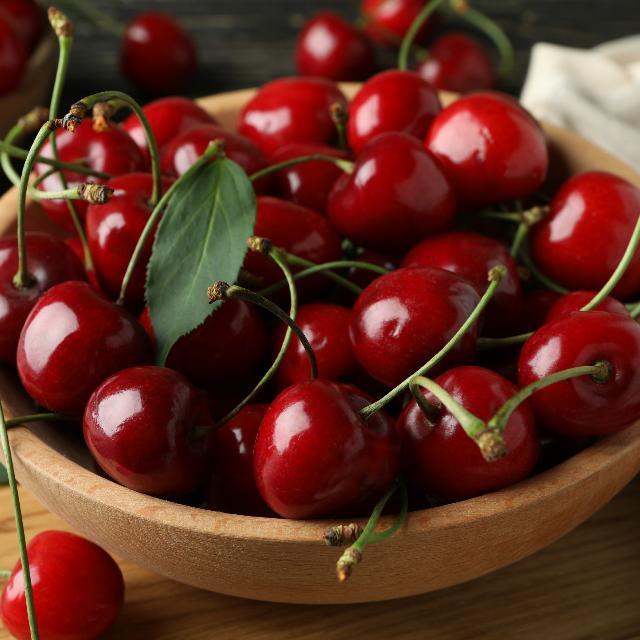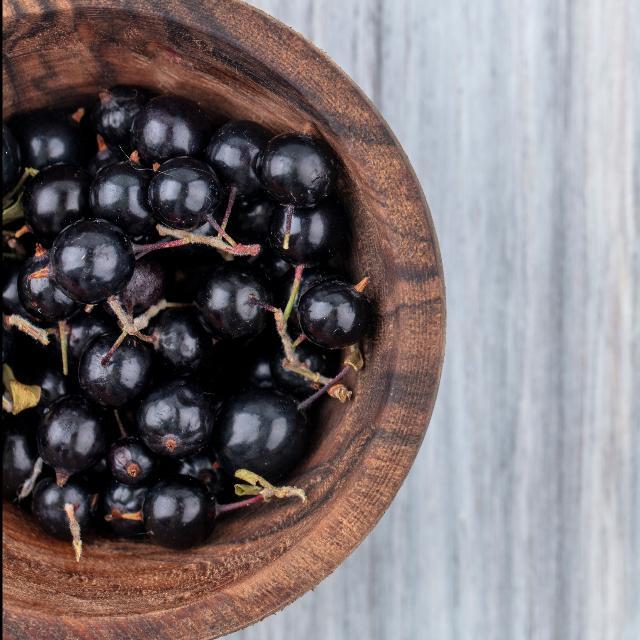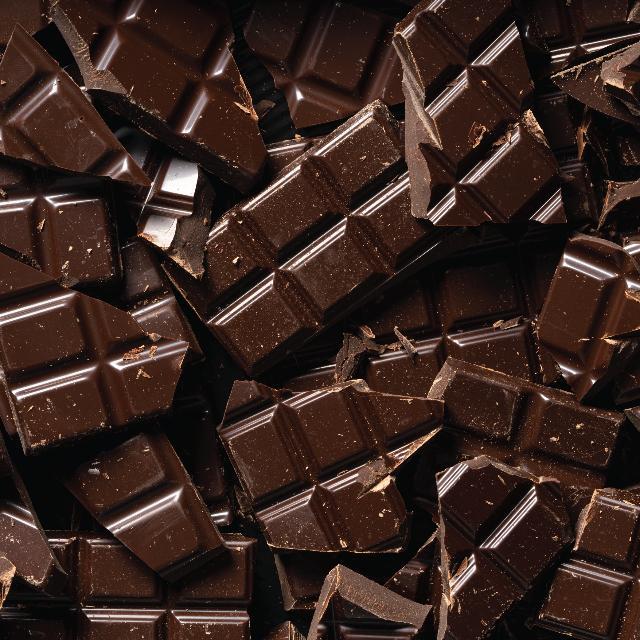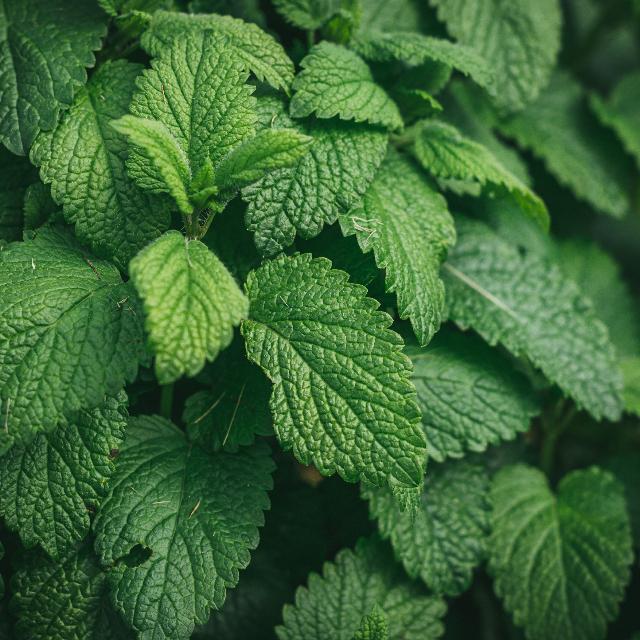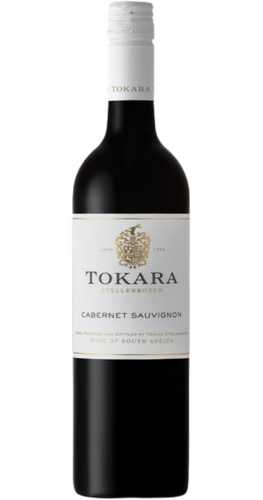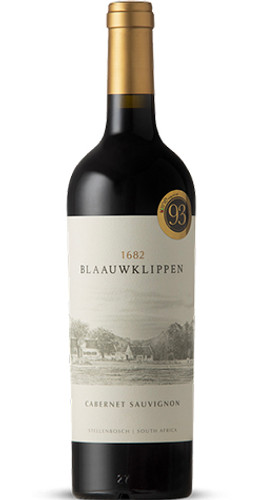This wine offers ripe red berry and cassis flavors, with a touch of dark chocolate and mint. Smooth tannins lead to a long, mocha finish.
A compound called cineole, released by eucalyptus trees, can impart distinct flavors such as eucalyptus, mint, tomato leaf, and menthol to nearby vineyards. Many famous Cabernet Sauvignon regions, where eucalyptus trees are common, pick up these unique characteristics. For example, Clare Valley is known for its tomato leaf notes, Coonawarra for menthol, and Margaret River for mint.
A compound called cineole, released by eucalyptus trees, can impart distinct flavors such as eucalyptus, mint, tomato leaf, and menthol to nearby vineyards. Many famous Cabernet Sauvignon regions, where eucalyptus trees are common, pick up these unique characteristics. For example, Clare Valley is known for its tomato leaf notes, Coonawarra for menthol, and Margaret River for mint.
The grapes were gently de-stemmed, retaining as many whole berries as possible, before passing over an additional vibrating table to remove all MOG (matter other than grapes). A displacement pump then moves the fruit to its fermentation tank.
The tanks are inoculated with a specific commercial yeast strain to ensure the development of the perfect flavor profile. Fermentation takes place in stainless steel fermenters, and a combination of aerative pump-overs and punch-down techniques are used to ensure optimal color, tannin, and flavor extraction.
Once fermentation is complete, the wine is drained off the skins and transferred to a holding tank before being barreled down. Malolactic fermentation takes place in the barrels. The wines age gracefully for 18 months in 35% new French oak barrels, with only one racking during this period. After tasting through all the individual lots, the winemaking team decides on the final blend. The barrels are emptied into the tank farm, and the wines are prepared for bottling.
Winemaker : Gyles Webb (Cellar master), Rudi Schultz with Duncan Clarke
The tanks are inoculated with a specific commercial yeast strain to ensure the development of the perfect flavor profile. Fermentation takes place in stainless steel fermenters, and a combination of aerative pump-overs and punch-down techniques are used to ensure optimal color, tannin, and flavor extraction.
Once fermentation is complete, the wine is drained off the skins and transferred to a holding tank before being barreled down. Malolactic fermentation takes place in the barrels. The wines age gracefully for 18 months in 35% new French oak barrels, with only one racking during this period. After tasting through all the individual lots, the winemaking team decides on the final blend. The barrels are emptied into the tank farm, and the wines are prepared for bottling.
Winemaker : Gyles Webb (Cellar master), Rudi Schultz with Duncan Clarke
Thelema Mountain Vineyards, a family owned and managed wine estate at the top of the Helshoogte Pass in Stellenbosch, South Africa, and Sutherland Vineyards, the Elgin Valley range, is located about 70 kms southeast of Cape Town in the Overberg region.



